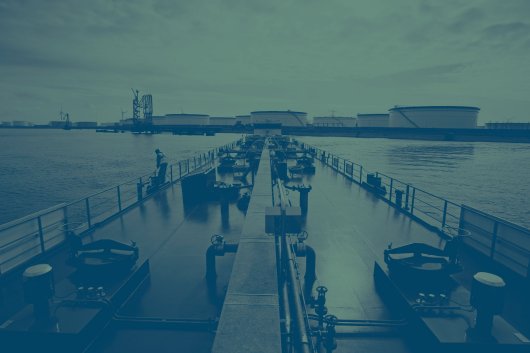Production of first EnergySail begins at factory
Device enables ships to utilize the power of the wind to reduce fuel consumption.
In another step towards bringing its rigid sail technology onto ships, Eco Marine Power (EMP) has announced that work has commenced on the production of an EnergySail in Onomichi, Japan. The first factory-produced EnergySail is being manufactured by EMP's strategic partner, Teramoto Iron Works Co., Ltd.
The EnergySail (patent pending) is an automated rigid sail device that enables ships to utilize the power of the wind to reduce fuel consumption and lower vessel emissions. It can also be fitted with flexible marine-grade solar panels or other devices and used to charge batteries or the electrical power can be fed into EMP's Aquarius MAS + Solar solution.
Longer term, the EnergySail will be a key element of EMP's patented Aquarius MRE system. Aquarius MRE is an advanced integrated system of rigid sails, solar panels, energy storage modules, sensors and marine computers that enables ships to tap into renewable energy by harnessing the power provided by the wind and sun. The solar power component of Aquarius MRE has already been released for commercial use.
EMP's EnergySail technology is scalable and can be applied to vessels ranging from coastal freighters to large passenger ferries and cruise ships. EMP is also studying along with a number of other companies, variations of the EnergySail design that could be applied to unmanned surface vessels (USV's) and marine robotic vessels (MRV's). Elements of the technology might also be suitable for offshore marine renewable energy platforms, EMP says.
The detailed mechanical design and production of the EnergySail is being led by Japan's Teramoto Iron Works - a manufacturer of equipment for ships, oil rigs and barges. The company was involved in the production of rigid sails in the 1980's and has been involved in the development of other products for the maritime sector.
The production and shore-based testing of the EnergySail is scheduled to be completed in the second half of 2016. This is to be followed by an extended evaluation phase, including trials on-board a ship and consultation with classification organisations.
EMP is also currently working to finalise the sensor package for the EnergySail. This will allow for the device to be fully automated when linked to the EnergySail Automated Control System (ACS). The EnergySail ACS is being developed in co-operation with KEI System of Osaka, Japan.
The Furukawa Battery Co., Ltd. is also involved in the EnergySail project with an energy storage solution.
EMP is due to exhibit some of the EnergySail-related technologies at Sea Japan 2016 in Tokyo between April 13 and 15.
The EnergySail (patent pending) is an automated rigid sail device that enables ships to utilize the power of the wind to reduce fuel consumption and lower vessel emissions. It can also be fitted with flexible marine-grade solar panels or other devices and used to charge batteries or the electrical power can be fed into EMP's Aquarius MAS + Solar solution.
Longer term, the EnergySail will be a key element of EMP's patented Aquarius MRE system. Aquarius MRE is an advanced integrated system of rigid sails, solar panels, energy storage modules, sensors and marine computers that enables ships to tap into renewable energy by harnessing the power provided by the wind and sun. The solar power component of Aquarius MRE has already been released for commercial use.
EMP's EnergySail technology is scalable and can be applied to vessels ranging from coastal freighters to large passenger ferries and cruise ships. EMP is also studying along with a number of other companies, variations of the EnergySail design that could be applied to unmanned surface vessels (USV's) and marine robotic vessels (MRV's). Elements of the technology might also be suitable for offshore marine renewable energy platforms, EMP says.
The detailed mechanical design and production of the EnergySail is being led by Japan's Teramoto Iron Works - a manufacturer of equipment for ships, oil rigs and barges. The company was involved in the production of rigid sails in the 1980's and has been involved in the development of other products for the maritime sector.
The production and shore-based testing of the EnergySail is scheduled to be completed in the second half of 2016. This is to be followed by an extended evaluation phase, including trials on-board a ship and consultation with classification organisations.
EMP is also currently working to finalise the sensor package for the EnergySail. This will allow for the device to be fully automated when linked to the EnergySail Automated Control System (ACS). The EnergySail ACS is being developed in co-operation with KEI System of Osaka, Japan.
The Furukawa Battery Co., Ltd. is also involved in the EnergySail project with an energy storage solution.
EMP is due to exhibit some of the EnergySail-related technologies at Sea Japan 2016 in Tokyo between April 13 and 15.
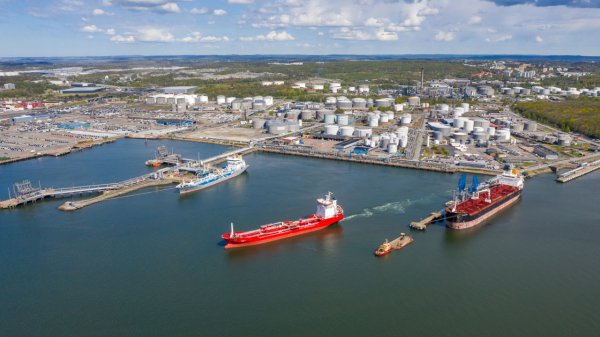
|
Swedish biomethane bunkered in Gothenburg
Test delivery performed by St1 and St1 Biokraft, who aim to become large-scale suppliers. |
|
|
|
||
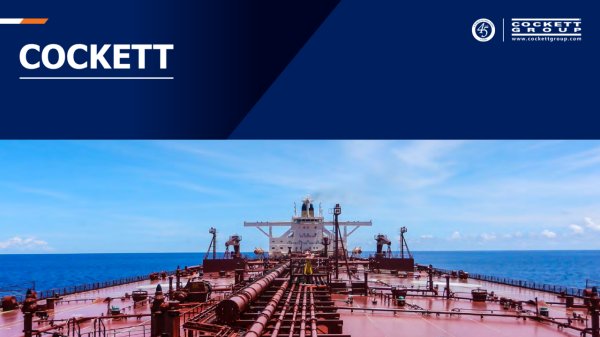
|
Cockett to be closed down after 45 years
End of an era as shareholders make decision based on 'non-core nature' of Cockett's business. |
|
|
|
||
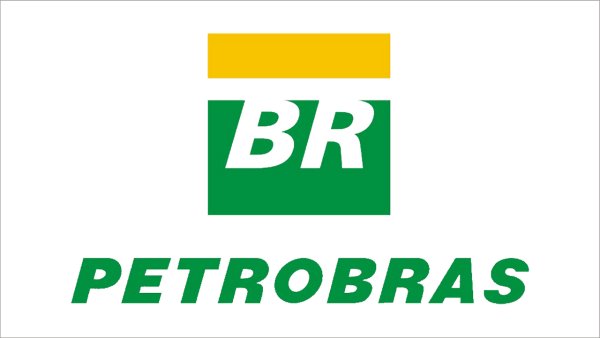
|
Petrobras confirms prompt availability of VLS B24 at Rio Grande
Lead time for barge deliveries currently five days. |
|
|
|
||
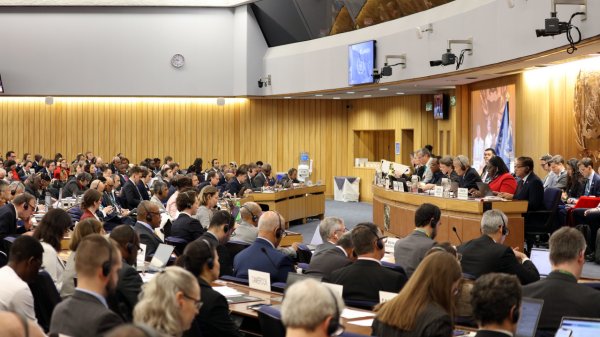
|
IMO approves pricing mechanism based on GHG intensity thresholds
Charges to be levied on ships that do not meet yearly GHG fuel intensity reduction targets. |
|
|
|
||
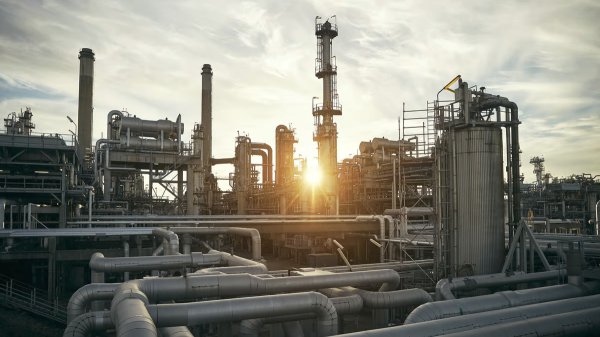
|
VARO Energy expands renewable portfolio with Preem acquisition
All-cash transaction expected to complete in the latter half of 2025. |
|
|
|
||
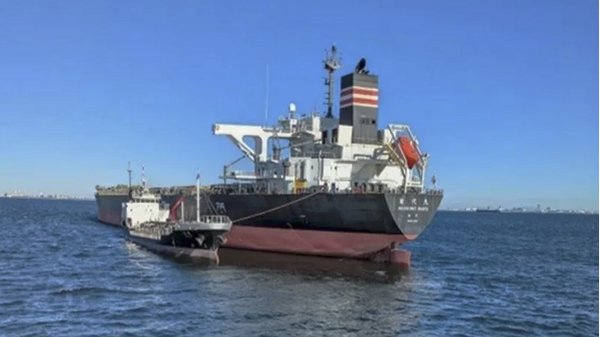
|
NYK trials biofuel in milestone coal carrier test
Vessel is used to test biofuel for domestic utility company. |
|
|
|
||
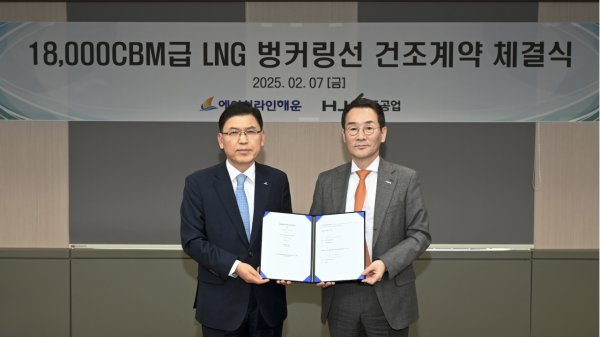
|
H-Line Shipping orders LNG bunkering vessel
Vessel with 18,000-cbm capacity to run on both LNG and MDO. |
|
|
|
||
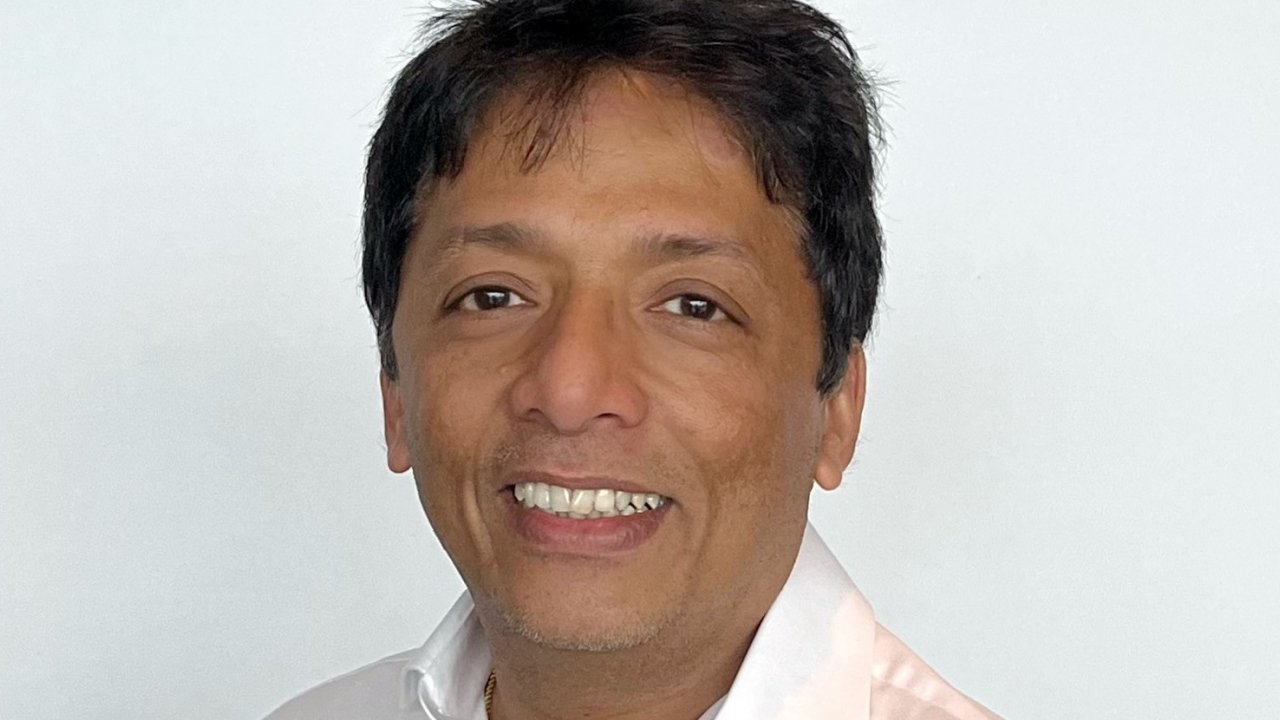
|
How to engineer and manage green shipping fuels | Stanley George, VPS
Effective management strategies and insights for evolving fuel use. |
|
|
|
||
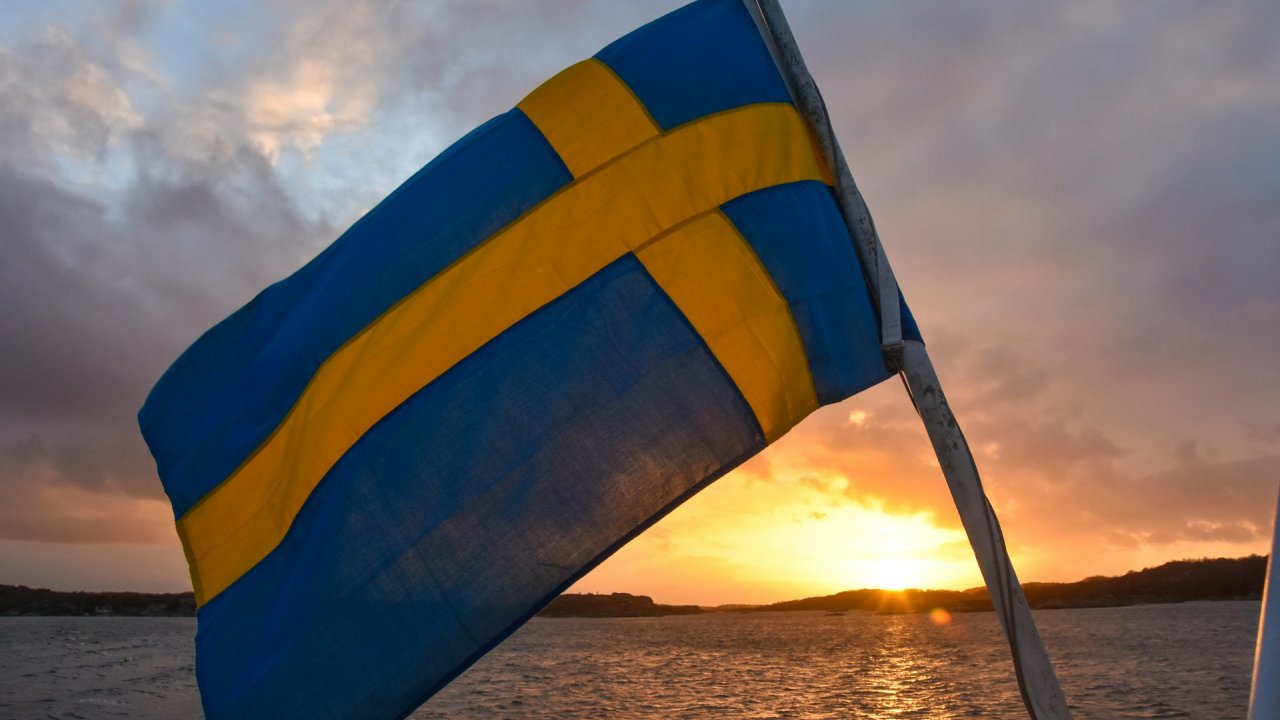
|
Swedish government bans scrubber wastewater discharges
Discharges from open-loop scrubbers to be prohibited in Swedish waters from July 2025. |
|
|
|
||
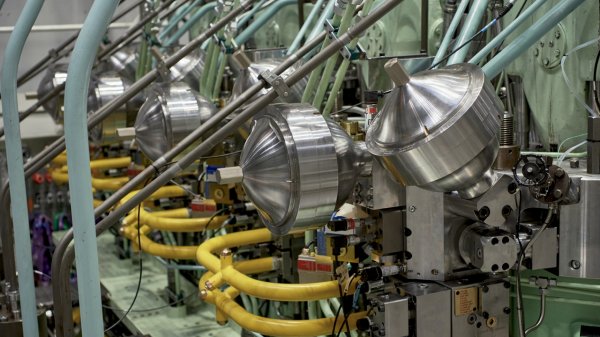
|
MAN Energy Solutions achieves 100% load milestone for ammonia engine
Latest tests validate fuel injection system throughout the entire load curve. |
|
|
|
||
Related Links
- · Marine solar power product range announced [Insights]
- · Eco Marine Power signs agreement with Jastram Technologies [Insights]
- · Ferry operator wins award for solar panel project [Insights]
- · Eco Marine Power granted patent for Aquarius MRE System [Insights]
- · Battery solutions ready for ships [Insights]
- · Japan [Directory]

